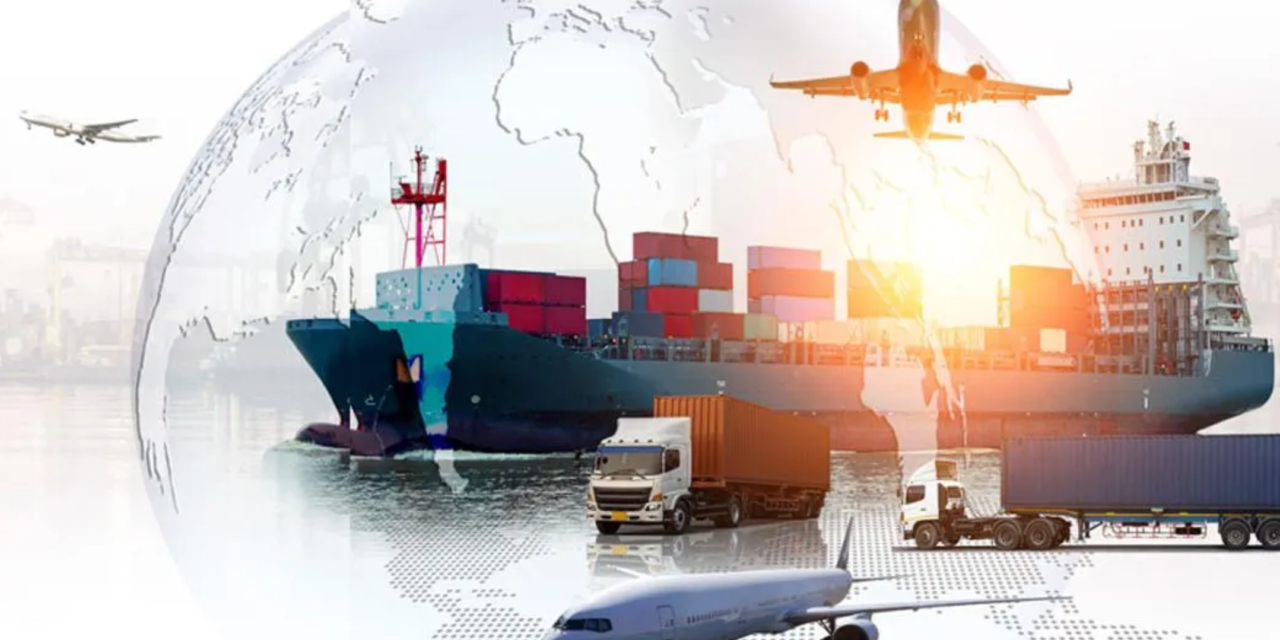Global container shipping rates, on average, have more than quadrupled since 2019, and schedule delays have risen. In some key trading routes, such as Asia–Europe and Asia–North America, the rate spikes are even higher and the delays more frequent as the labor shortages, equipment availability, and the ripple effect of bottlenecks that congestion creates have continuously weighed on the already stretched supply chain. In June, the World Bank cut its global GDP growth projection for 2022 to 2.9 per cent from 4.1 per cent projected in January in response to the supply chain crisis.
With inflationary pressures and other threats looming, a return to a ‘normal’ supply chain is not expected soon. There has been a lot of uncertainty and confusion due to China’s response to COVID-19 outbreaks, with lockdowns causing port congestion and affecting every part of the value chain, from raw material sourcing to end customers. Meanwhile, the Russia-Ukraine war is having an enormous impact on the global supply chain, impeding the flow of goods, fueling dramatic cost increases and product shortages, and creating catastrophic food shortages around the world.
Next to rising costs, the biggest problem faced by businesses is the labor shortage. In other words, the demand for labor across all parts of the supply chain today is significantly greater than the supply of available workers, thereby crippling the manufacturing sector worldwide irrespective of geography. From long-haul truck drivers to dock workers to warehouse pickers, there is a need for skilled and manual workers to move freight through the supply chain.

